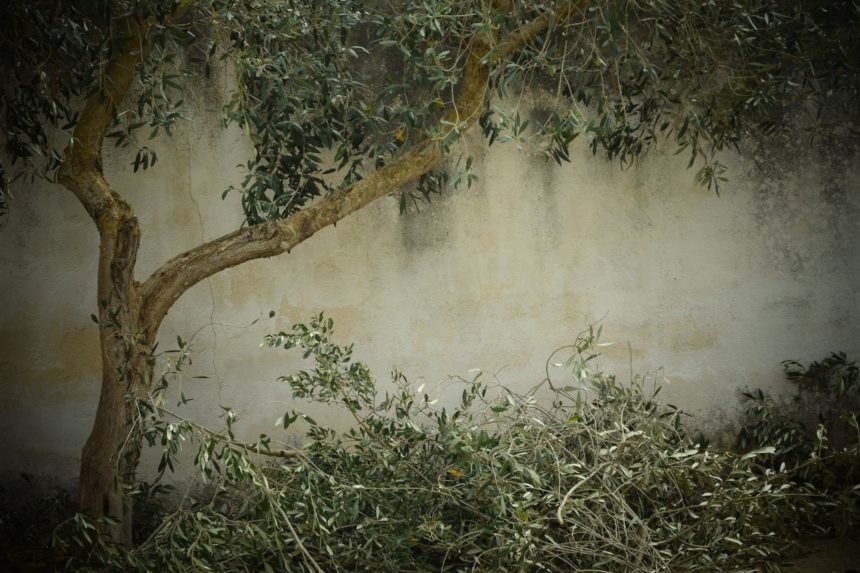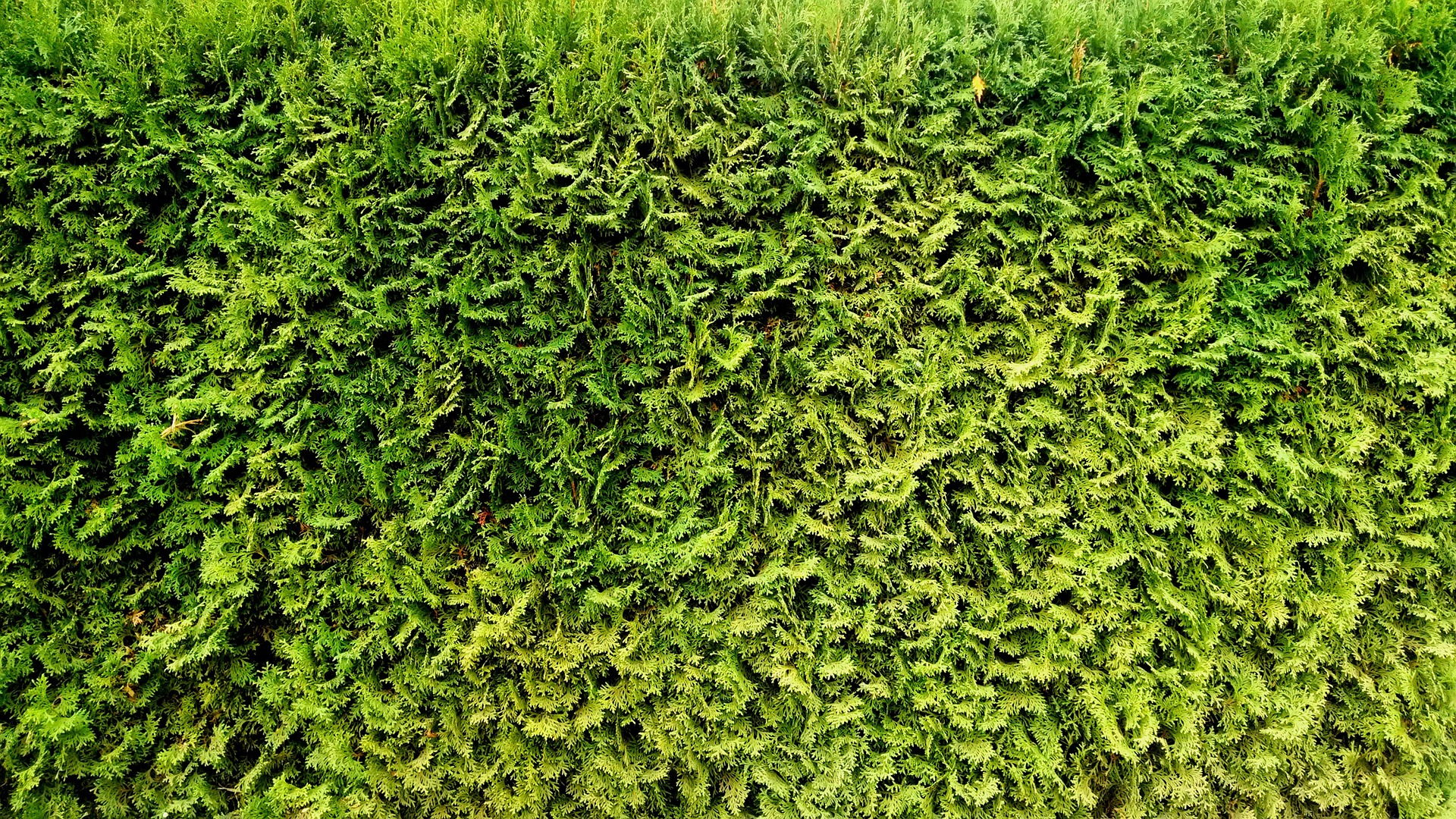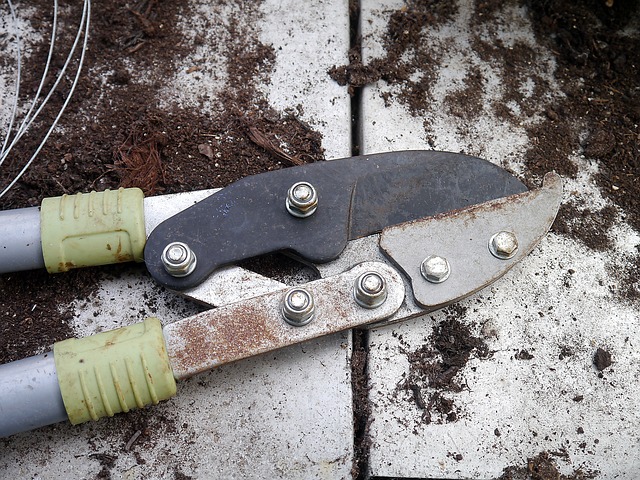Pruning Tips and Tricks

Want to maximize the beauty of your landscape? Pruning may be your best bet! While everything you do in landscaping has an effect on the property, pruning can have the biggest effect. With pruning, you can control plants growth, shape, flowering and even the fullness of vegetation. While pruning can have a largely positive effect on your property, it can also have very negative effects if done incorrectly. By using these tips and tricks, you’ll not only enhance the look of your property, but also help ensure a longer life for the vegetation.
Tip 1 – Prune at the Right Time
While you might realize in the middle of the season that something is out of control, don’t prune then! This will either prevent them from blooming again, or even cause them to develop disease. To avoid this, follow the following schedule:
Spring Pruning: Ornamental Grass, Perennials, Evergreens, Flowers
Ornamental Grass needs to be cut down yearly to encourage new growth without unsightly dead grass in between. Perennials and flowers you should focus on pruning problematic areas that can hurt the appearance of the plant or hinder growth of new blooms.
Summer Pruning: Evergreen Shrubs, Shrubs that flower
Summer pruning allows you to shape your shrubs for the upcoming months (evergreens) or for the upcoming year (flowering shrubs). With evergreens, you can make the shapes or cuts you desire (just don’t over prune!) which will strengthen the remaining vegetation. Shrubs that flower should be pruned after they flower. This can be a means of controlling the growth of the plant so that it doesn’t take over.
Fall Pruning: Flowers
This pruning is called deadheading. You can encourage new flowering by removing the old, dead flowers this will keep the flower vibrant for a longer period. Once later fall has arrived, you can cut down the growth and wait for next year.
Winter Pruning: Deciduous Trees
Remove the dead, broken or hazardous branches first. Then you can focus on pruning the way you want, such as topping or thinning. You can read more about topping/thinning at a later tip.
Tip 2 – Focus on the Ugly
These areas are doing nothing for the plant or the beauty of your property. They’re the dead leaves, the dead wood, suckers and water sprouts. These eye sores make the plant look unnatural or unsightly and help to reduce the healthiness of the plant. You can tell a branch is dead if it isn’t sprouting any leaves, removing the dead branches and leaves will allow the live branches and leaves to access more nutrients. Suckers are the shoots that come straight out of the ground, while water spouts grow out of branches at 90 degree angles.
Tip 3 – Clean Tools
Plants get disease just like humans do and in quite the same way as well. Like humans, each plant can carry different diseases, and if you prune a diseased plant, then move to another, you risk transferring the disease. Think of it as if you went to the doctor to get looked at for a cold and the doctor uses the same tongue depressor on you that he used on the last patient. Not cool right?
The way to clean your tools is simple enough and you most likely already have the products at home! You can use household disinfectants, chlorine bleach, ethanol or isopropyl alcohol, pine oil products or industrial products like a disinfectant algicide. While the industrial products are made specifically to battle plant disease, if you don’t want to buy anything, you can try mixing chlorine bleach with water. 1 part bleach to 9 parts water. If you use the bleach concoction, be sure to wipe off your tools when complete, as it could cause corrosion.
Tip 4 – Best Method?
There are a couple different methods to pruning trees, but we’re going to focus on two main ones, thinning and topping.
Thinning is the act of removing branches from the strongest parts of the tree, either the main stem or a lateral branch. What this does is opens up the canopy a bit, allowing the leaves that will bloom there access to a lot of sunlight, which stimulates stronger growth. When thinning, you take away the weaker branches that can steal energy and water from the stronger branches and promote new, stronger growth. After thinning, the tree may look barer than before, but after a year of growth, it’s tough to tell the difference. This style preserves the natural shape of the tree.
Topping is essentially shaping the tree how you want it, giving it a flat-top or a really rounded shape. This promotes a lot of growth after the pruning, but the growth it promotes isn’t necessarily positive. With this method, you are taking over nature and shaping it the way you want. While this may be desirable at times, it encourages fast growth of weak branches/shoots that are more susceptible to breaking during rough storms.
Tip 5 – Be Safe Rather than Sorry
When I say be safe, I’m talking about being safe for both you and the plants sake. Wearing eye protection and gloves help ensure you’re not hurting yourself when trying to prune in tight areas. Eye protection may be bothersome, but it only takes on branch to cause a hefty medical bill. Also, if you’re inexperienced, don’t climb and prune the large trees on your property. You may be trying to help the tree be as healthy as possible, but you’re putting yourself well above the ground with sharp tools; pruning is not a task you should be risking your life over. If you want the large trees pruned, think about hiring a company to perform the work on your behalf. Beyond personal safety is the safety of your plants. Over pruning can lead to dead plants as you may have cut off too much of the plant, so don’t get out of hand. You can also harm the plants by pruning them at the wrong time of year, which could suppress plant growth or even make them more susceptible to disease.
We hope these tips and tricks help you take your landscaping to the next level! If you have any questions or have a job that is too big for you to handle, contact Villegas Landscaping and we’ll give you an answer or a quote!
Share This Post
Recent Posts
- Treating Your Lawn During a Drought July 15, 2017
- 7 Tips for Mowing your Lawn July 2, 2017
- 5 Great Outdoor Entertainment Ideas June 23, 2017
- Introduction into Deadheading June 19, 2017
- Pesky Pests : Japanese Beetle June 10, 2017


